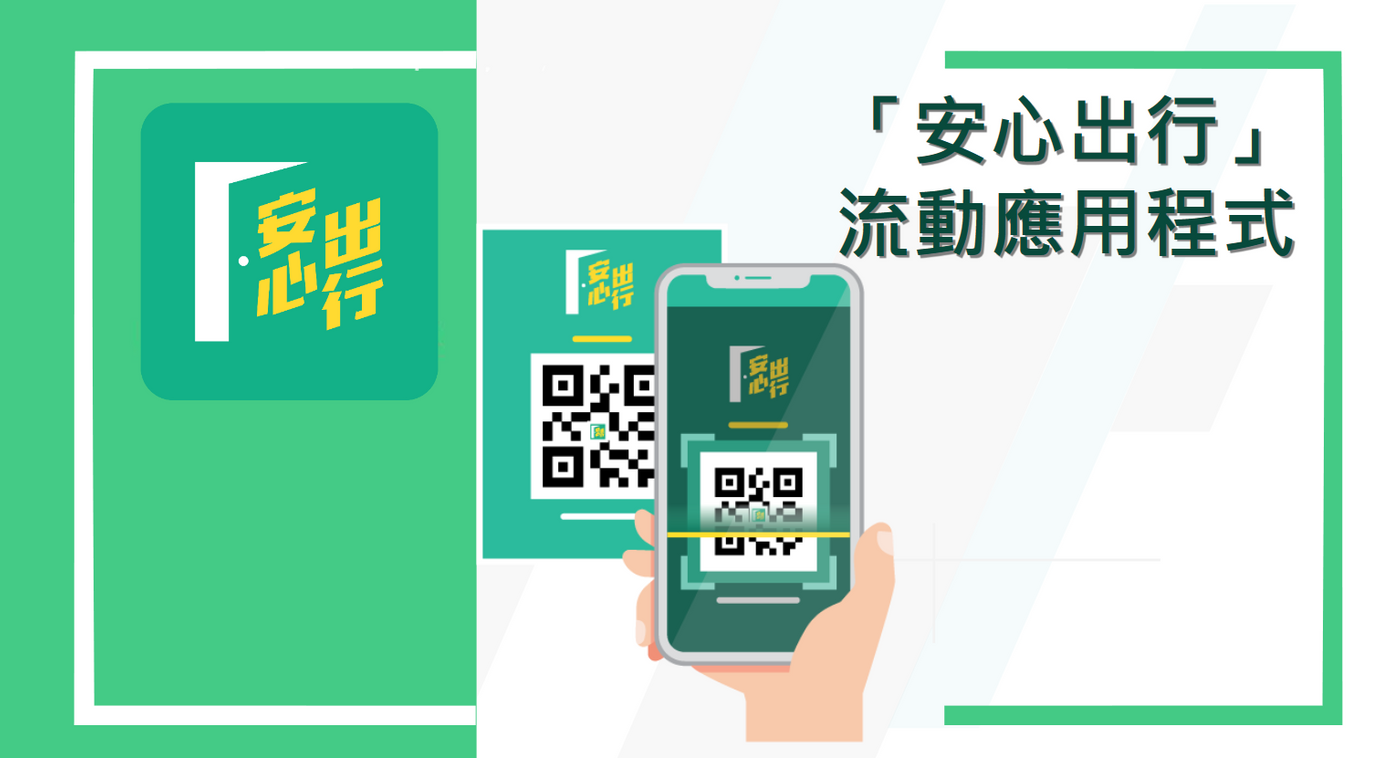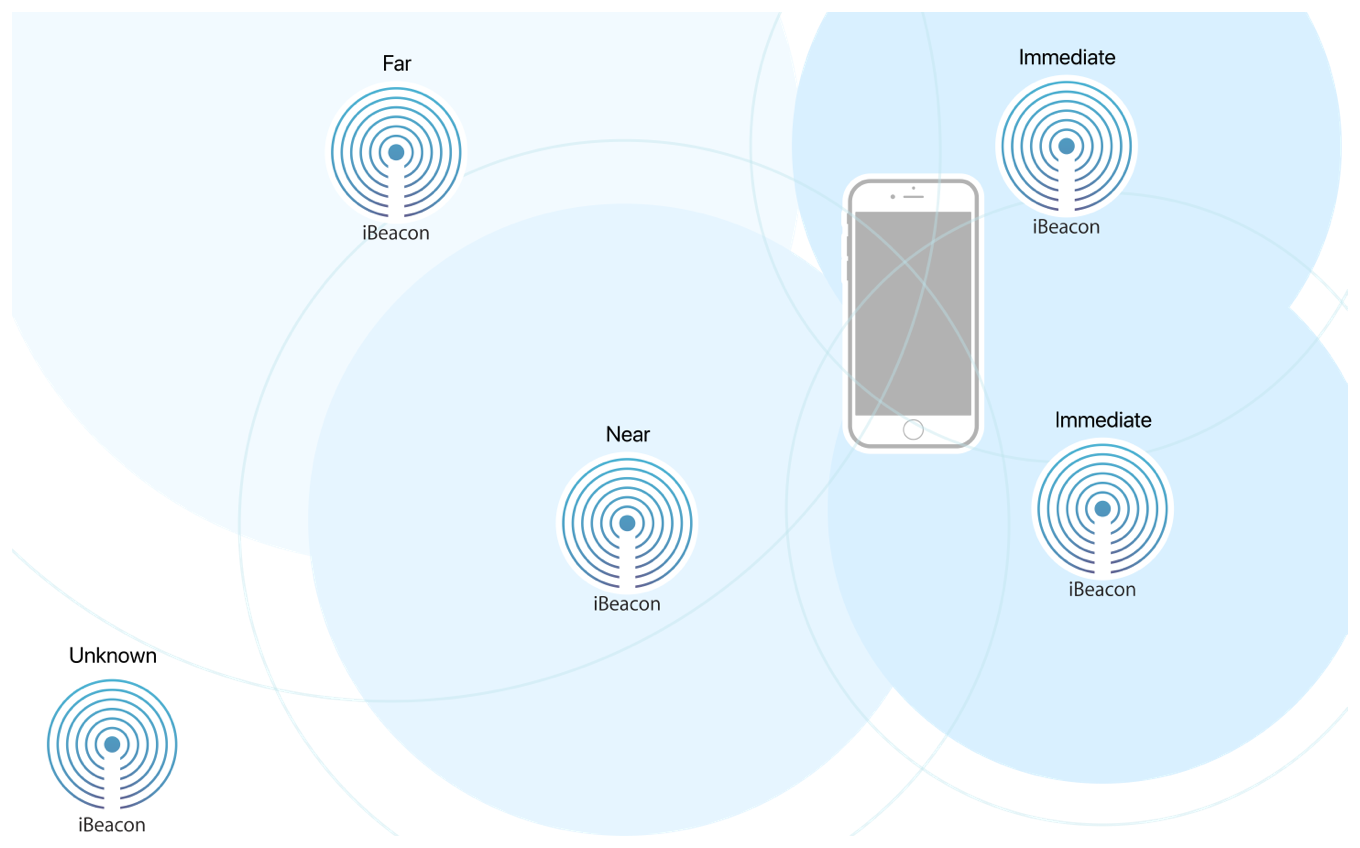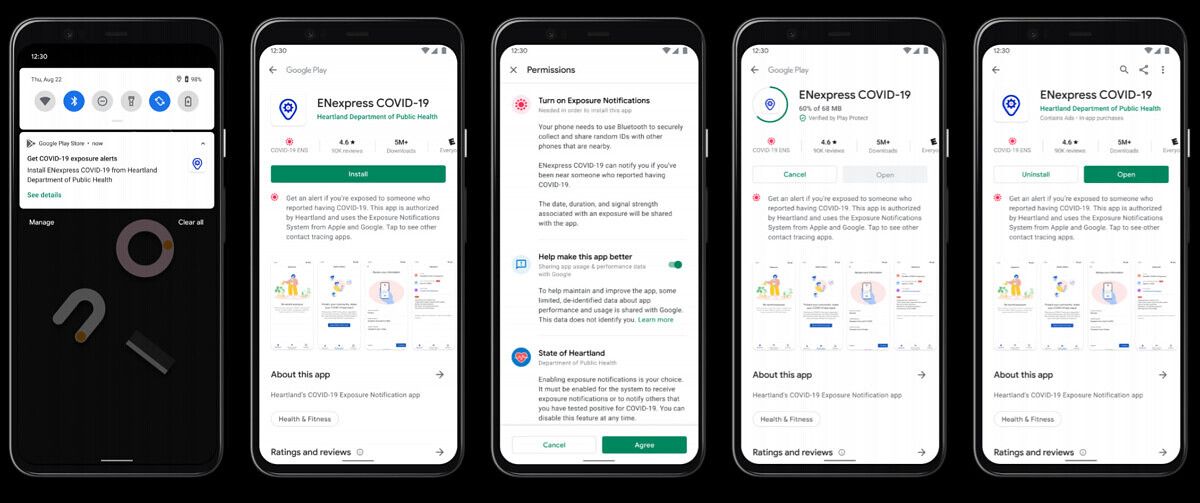Explore the development direction of safe travel
The previous article briefly explained the operation principle of the current "Safe Travel" mobile application. In this article, I will continue to discuss the development direction of the application and the application of related technologies.

The government hopes to make it easier for users to "painlessly punch cards" and is planning to upgrade from "active" scanning QR codes to "automated" Bluetooth short-range positioning functions. iBeacon is a Bluetooth Low Energy (Bluetooth Low Energy, also known as BLE) Bluetooth transmitter. Although some transmitters have an effective range of up to 100 meters, in actual implementation, the reliable range may only be about ten to twenty meters.
In fact, whether the effective range of the signal is far or near, it is necessary to see if it meets the requirements of the application. Taking 5G transmitters as an example, of course, the farther the effective signal range, the better, because it can reduce the number of transmitters required and the installation cost, but at the same time, it is also necessary to consider whether the distance between the device and the transmitter will reduce the data transmission speed. But in "travel with peace of mind", it is another matter.
If you pass by several restaurants one day, if those restaurants have installed iBeacon, when you open the mobile app to receive the signal, the system may mistakenly think that you have entered those restaurants to eat. Of course, it is impossible for one person to appear in several restaurants at the same time, but the system does record your whereabouts. Just think about this situation, in fact, it is impossible to implement uniformly, because each place is different in size. The big ones are fine, adding a few more iBeacons can solve the problem; as for those small places, the transmitter may transmit the signal too far, so that people who are relatively far away have the opportunity to appear inaccurate in the mobile application. travel records.

This week, netizens also heatedly discussed why the government does not directly use "Exposure Notification". "Exposure Notification" is an application programming interface (API) jointly developed by Google and Apple, hoping to help local governments and institutions track the epidemic situation and patient contacts faster and more accurately, and help reduce the speed of virus transmission. Since this system is jointly developed by two giant technology companies, it is believed that users are more at ease with the privacy protection technology and effects used in it.
No matter in iOS or Android system, when the "Contact Notification" setting is enabled, the system will generate a random number for the phone for identification, and this number will be changed every short period of time (for example, ten minutes). This system also uses Bluetooth for data transmission. After enabling the setting, the mobile phone will exchange data with nearby mobile phones, and the exchange does not include the user's personal information and whereabouts, so that the user's identity can be protected. At least you won't worry about this becoming the health code of the future, right?

Countries and regions currently in use include the United States, the United Kingdom, Canada, Germany, Italy and Japan, etc. As for why the Hong Kong government does not adopt this complete, mature and referenced system, and reinvent the wheel itself (Reinventing the Wheel) I really don't know.
Strict anti-epidemic measures continue to take effect, and the Secretary for Food and Health is exploring whether to regulate family gatherings at home. If it comes true, it can really be said: "You can't go back to work and go back to school, and you can't stay at home..."
Facebook: https://www.facebook.com/drjackeiwong/
Instagram: https://www.instagram.com/drjackeiwong/
YouTube: https://www.youtube.com/@drjackeiwong
Like my work? Don't forget to support and clap, let me know that you are with me on the road of creation. Keep this enthusiasm together!
